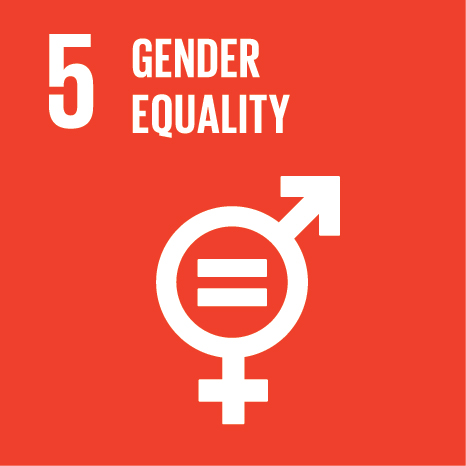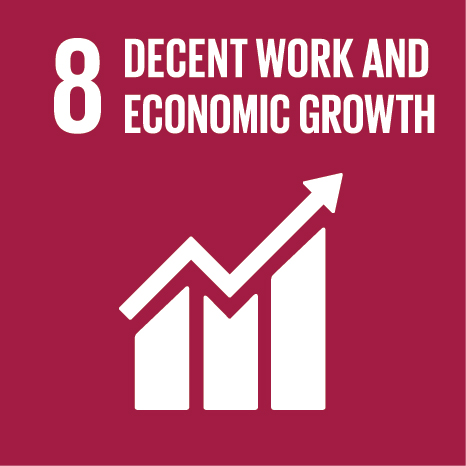Representations on the Women's Work and Activism in Portugal during the Dictatorship (1930-1970)
Event Title
European Social Science History Conference
Year (definitive publication)
2023
Language
English
Country
Sweden
More Information
--
Web of Science®
This publication is not indexed in Web of Science®
Scopus
This publication is not indexed in Scopus
Google Scholar
This publication is not indexed in Google Scholar
This publication is not indexed in Overton
Abstract
This communication addresses working women in Portugal between 1930 and 1970, during the fascist dictatorial regime, called “Estado Novo”. It followed the democratic 1st Republic between 1910 and 1926 (corresponding to the named 1st wave of feminism in Western Europe and North America). This study was based on primary sources, like the General Population Census, and monographies. It aims to make a brief intersectional analysis on women, classes, and "races". As Maria de Lurdes Pintassilgo, the only female Prime Minister of democratic Portugal, stated: "The social movement that women constitute today potentially carries with it the answer. The collective strength of women, as the social group which is both the most discriminated against and the most international, is factor which history cannot yet account for" (1998, p. 47). So, we have considered working and elite women, with awareness of their oppression during fascism, often with different perspectives. We intend to know the rates of active women (1930-1970), dismantling the traditional global socio-economic analysis, based on the analysis of the male gaze. Thus, we carried out a hermeneutic critique of the primary sources, namely the socio-professional classifications and the concepts expressed at the different epochs. There was a change of concepts such as "profession", "active population", "productive and remunerated work" and "individual and family work". From a feminist perspective several questions were raised: Should the concept of "active women" encompass only paid workers? How should workers performing reproductive activities in the family sphere and women considered "auxiliary workers" be classified? As historians Michelle Perrot and Sylvie Schweitzer have noted, women have always worked. The perspectives of the epochs about visibility or invisibility of women's work are demonstrated in the seriation criteria followed in the statistical sources. We also address the women’s activism during the dictatorship in the resistance to the regime, as well as in the associative movement (mutual aid associations, unions, and feminist associations).
Acknowledgements
--
Keywords
Women,Work,Representations,Activism
Fields of Science and Technology Classification
- Sociology - Social Sciences
- History and Archeology - Humanities
Contributions to the Sustainable Development Goals of the United Nations
With the objective to increase the research activity directed towards the achievement of the United Nations 2030 Sustainable Development Goals, the possibility of associating scientific publications with the Sustainable Development Goals is now available in Ciência_Iscte. These are the Sustainable Development Goals identified by the author(s) for this publication. For more detailed information on the Sustainable Development Goals, click here.

 Português
Português



